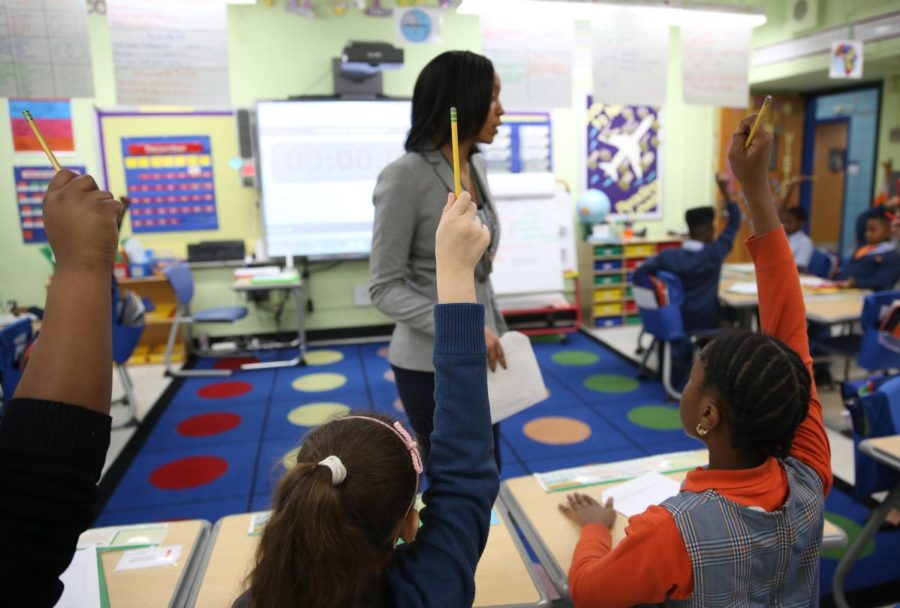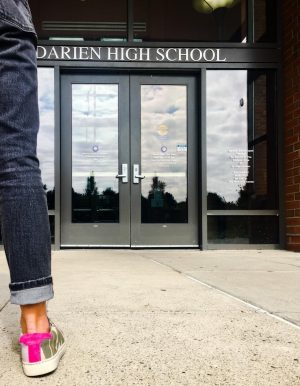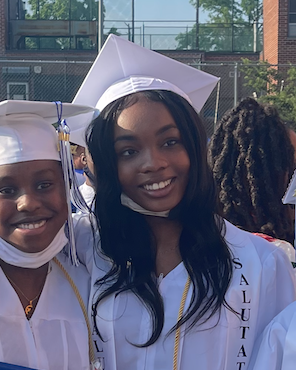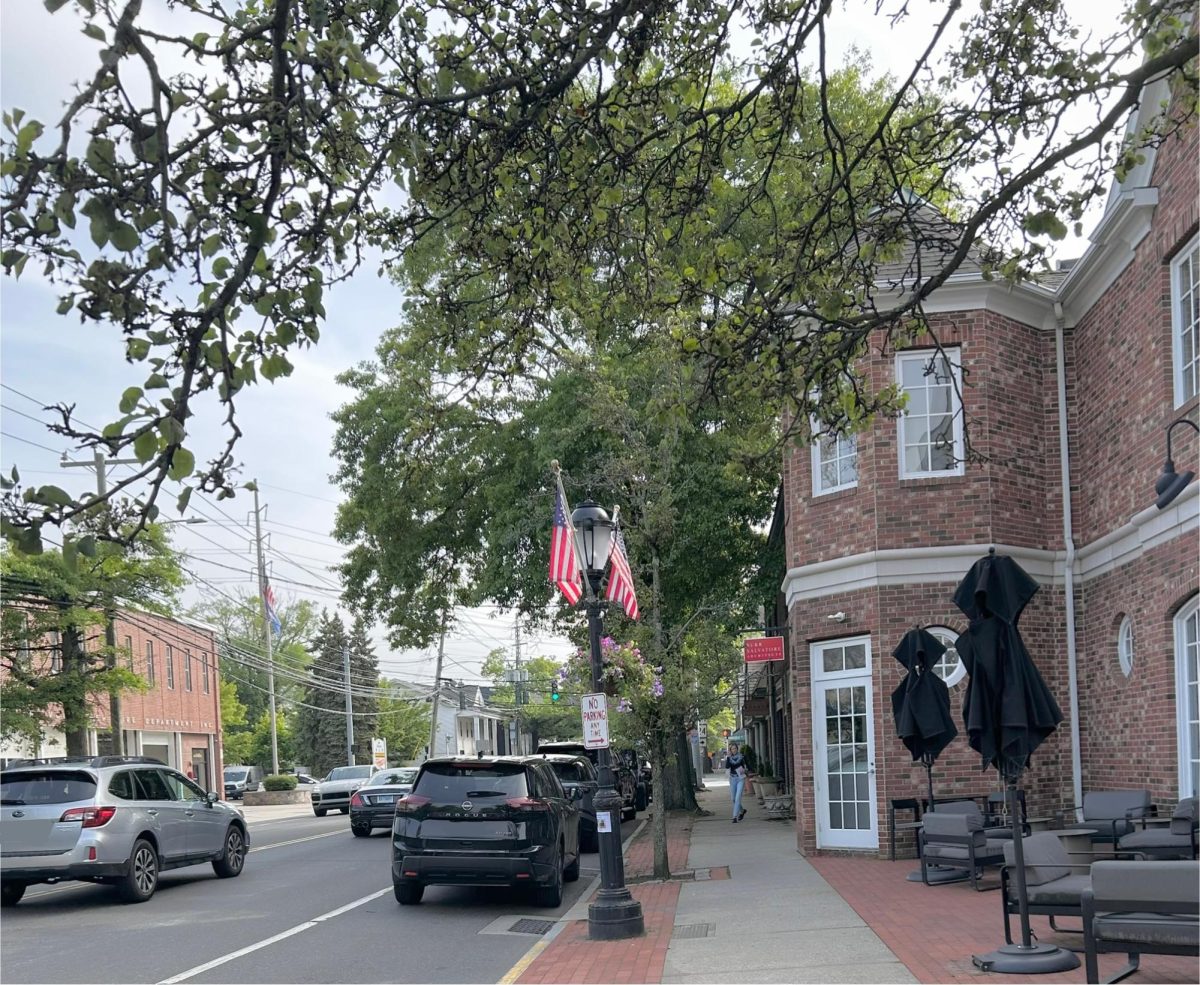Debunking: Are Charter Schools Worth It?
Should you feed into the hype around charter schools? Here’s the reality of these systems.
March 3, 2022
Growing up, whenever I would mention that I was in a charter school everyone would be surprised, interested, or impressed. Despite the fact that I was about eight, I was confused about the appeal of charter schools. Maybe it was because all schools looked pretty much the same, or if that was the Brooklyn neighborhood impacting my decision. From what I remember, my parents and relatives used to gush about how impressive it was that I attended a charter school instead of my nearest district public school. Now that I am in high school and could clearly tell the difference, my grades as a charter school student weren’t widely affected, the enrollment process is lengthy, and funding wasn’t always used correctly. Charter schools weren’t all good it was made out to be.
Where’s the Money? Funding Issues in Charter Schools
From the outside, charter schools do not seem as more popular because of their reputation as being as good as certain private schools. But, the regular classroom of a public school can look almost the same as a public school. Because of the fact that charter schools don’t receive direct funding from the government, they can lack some resources needed to have a student really grow. The Center for Education Reform shares information saying, “Nationwide, on average, charter schools are funded at 61 percent of their district counterparts, averaging $6,585 per pupil compared to $10,771 per pupil at conventional district public schools.” That’s about four thousand dollars being deducted from each student, which could’ve supplied them in the classroom, and in extracurricular activities.

Read more about it here: https://edsource.org/2021/proposed-law-would-disrupt-the-education-of-thousands-of-students/655509
“..Charters serve 12 percent more black students, 6 percent more Hispanic students and 3 percent more low-income students than traditional public schools,” Brandon Lewis, analyst at Bellwether Education Partners said. Although charter schools provide more opportunities for people of color than average public schools, the unequal funding could be an obstacle in getting the extra support. Charter schools give children of color the platform, but sadly it isn’t used to the greatest extent.
The Dreadful Application and Selection Process
The application process to charter schools isn’t as extreme as college or boarding schools, but for what it’s worth, it’s pretty daunting. With the number of applications for charter schools growing, being picked based on a lottery in a pool of hundreds (even thousands) are slimming down. In an article by Psyche Pascual, she talks about the in and outs of applying for charter schools. She adds, “Charters can be so popular that you may find yet another lottery and waiting list when you get there. Across the country, there are about 610,000 students waiting on lists to get in.” This is pretty discouraging, especially for the slim benefits that you get once enrolled in a charter school. In NYC, James Merriman proves how entering the lottery has little to no chances of getting a seat, especially with the growing demand. “Even though we’re adding 18,600 seats that are available this year for incoming children, unfortunately, because of the demand we still end up with over 50,000 students on the waiting lists,” Merriman says.
Lack of Academic Improvement
After entering a charter school, my parents thought it would be harder for me to maintain my grades since the courses are allegedly “challenging.” After spending some time in school, I didn’t feel like the content was any harder than my prior public school. After doing some research, According to the National Conference of State Legislators (NSCL), “17 percent of charters posted academic gains that were significantly better than traditional public schools, 37 percent of charter schools were significantly worse, and 46 percent were statistically indistinguishable.” The stats aren’t in charter schools’ favor, compared to the improvement that public schools did. CREDO Studies also did research on the charter schools’ performance, and the results were similar.
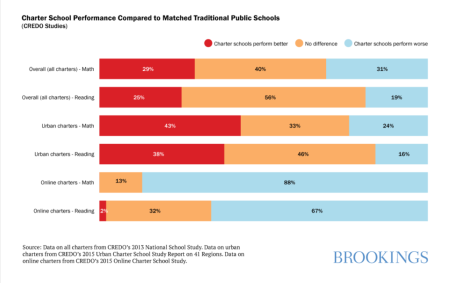
After looking at the other points made, charter schools could work on getting these numbers up if they want more students and parents to consider it over public schools. These schools have the right intentions, it just needs more proof of effectiveness to really seal the dealbreaker. While it is true that charter schools give a more specialized education, this isn’t so compelling when there is evidence that proves the lack of effectiveness on students.
Change in Charter Schools
In their defense, my experiences at a K-8 charter school weren’t the worst. I went to school like any other student, dealt with an almost identical curriculum, and came back home to repeat the next day. There is a lot of potential in charter schools, especially in NYC. It’s a great way for kids of color to have a shot at having a good education. But, there needs to be better support for charter schools. Fundraising to help with funding can link into spending more money on students and the school, therefore improving academic success and overall safety. Unless this doesn’t happen, charter schools simply aren’t worth it. Maybe in the future, charter schools will finally live up to the expectations it’s held at.

